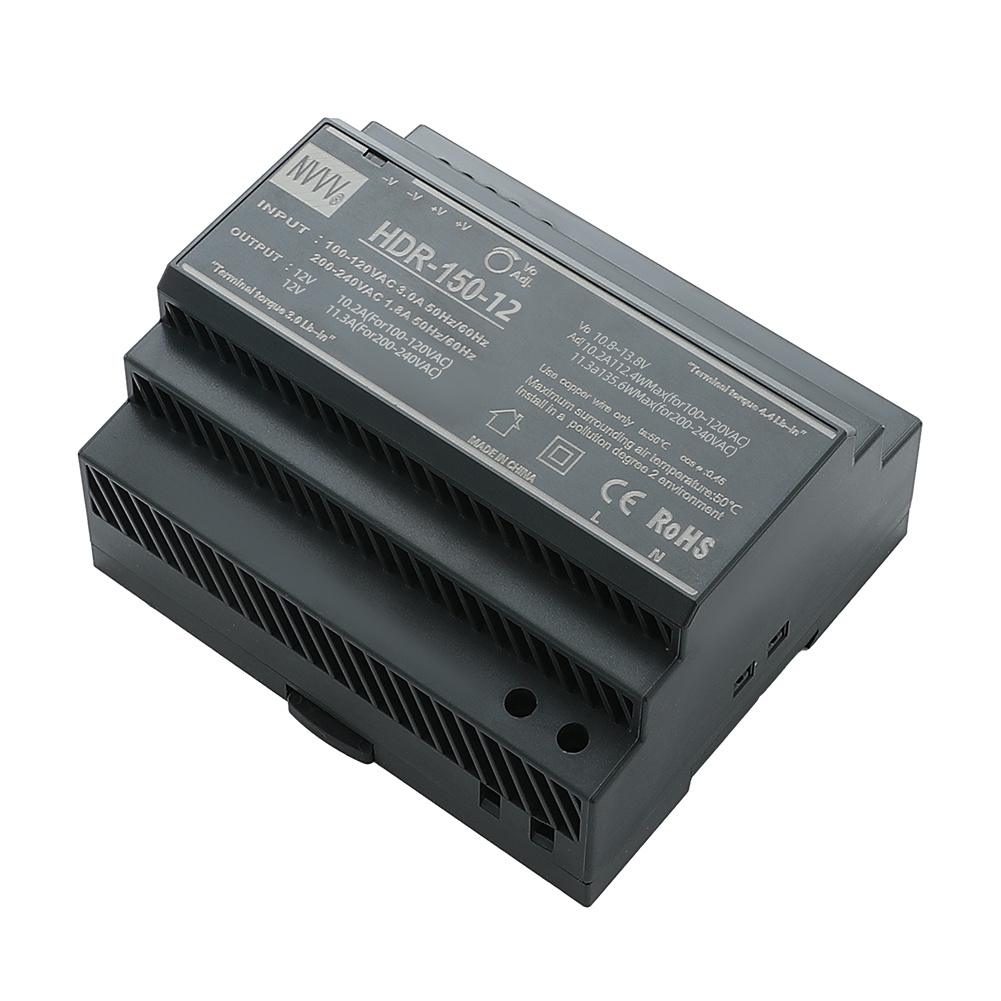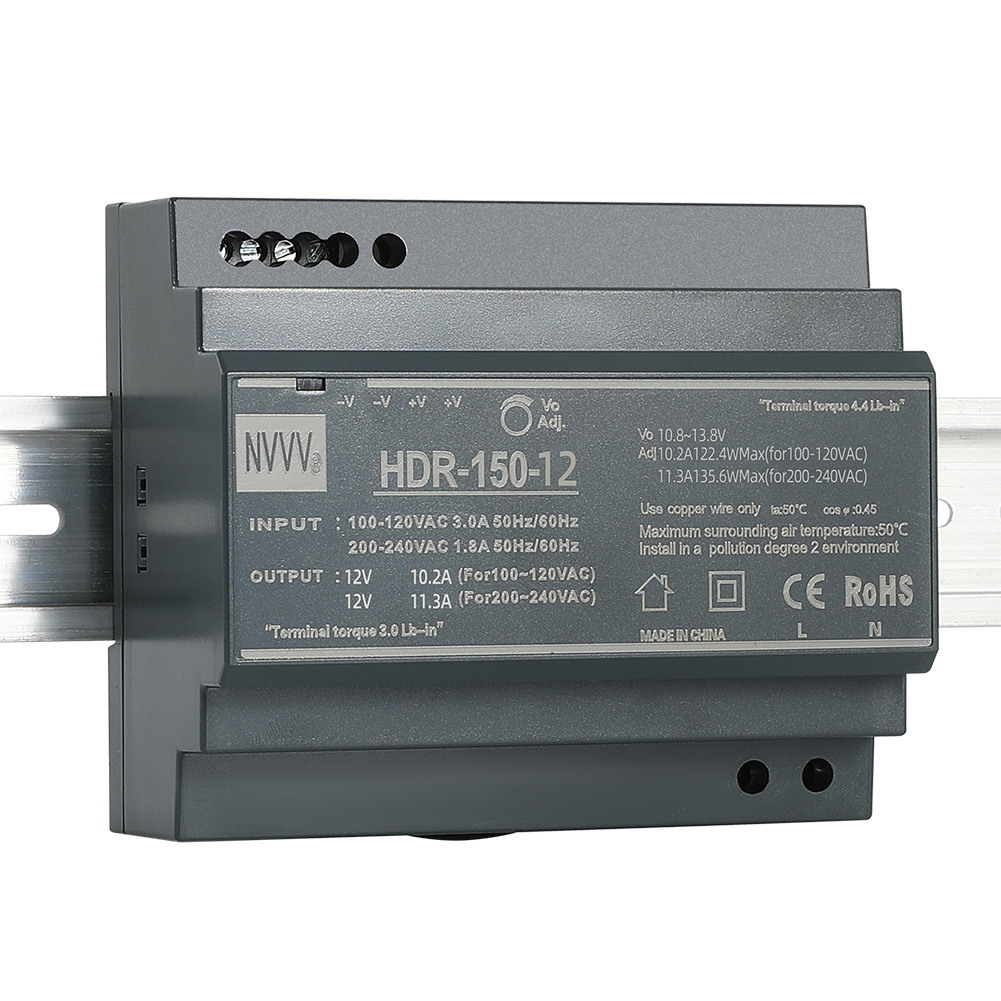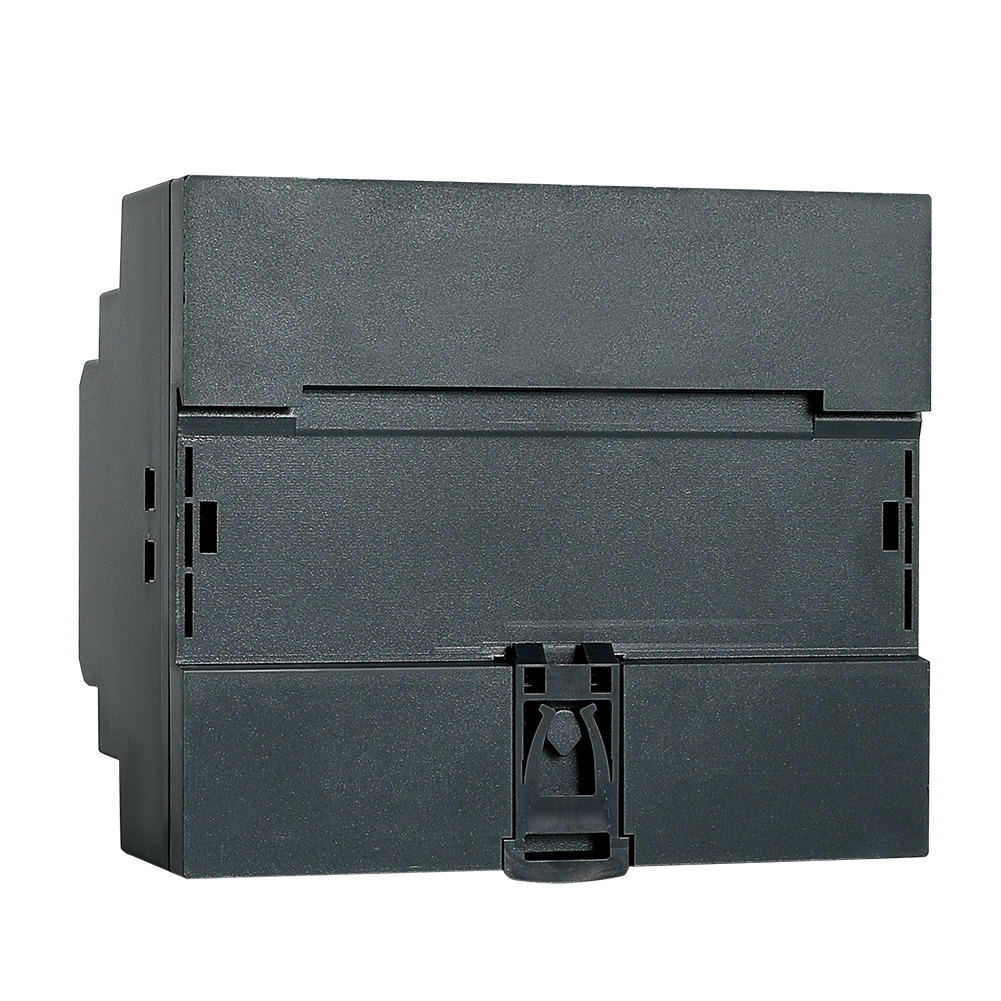Linear vs Switching Power Supply: Understanding the Differences and Determining the Best Fit
When searching for the ideal energy source for any system, you have two main options: linear and switch mode power supply. Each comes with unique advantages and disadvantages that are important to consider when choosing the best power supply for your needs. For those who aren’t familiar with the nuances of power supplies, this decision can be overwhelming. Fortunately, we’re here to unpack everything you need to know.
Linear Power Supplies: Functionality and Benefits
Linear power supplies have been a staple in the industry for quite some time. They operate by using a transformer to reduce the input voltage to the desired level. Any excess energy is dissipated as heat through a series-pass transistor, ensuring voltage regulation by adjusting the resistance across the transistors.
Linear power supplies are favored for their low output ripple and noise levels, making them ideal for high-precision applications that require minimal sound interference. However, their efficiency is lower compared to switching power supplies due to the heat dissipation process. This often results in bulkier and heavier units, which can be a disadvantage when space is limited.
Pros of Linear Power Supplies:
Low output ripple and noise, suitable for high-precision applications.
Simpler design with fewer components, leading to higher reliability and easier repair.
More cost-effective for low-power requirements.
Cons of Linear Power Supplies:
Lower efficiency, resulting in more heat generation and larger size.
Limited power output, making them unsuitable for high-power applications.
Voltage regulation might not be as precise, requiring larger and more expensive components.
Switching Power Supply: Efficiency and Compactness
Switching power supplies utilize a different approach compared to linear power supplies. They employ a high-frequency switch circuit that rapidly toggles the input voltage on and off to achieve the desired output voltage. This method significantly enhances efficiency as it minimizes energy loss through heat dissipation.
Switching power supplies are advantageous in applications where space is a constraint because they are smaller and lighter than their linear counterparts. Additionally, their higher efficiency can lead to cost savings in the long run. However, they tend to generate more noise and ripple in the output voltage, which can be problematic for applications requiring high precision or low noise. They also typically require additional components, making setup more complex for beginners.
Pros of Switching Power Supplies:
Higher efficiency, leading to less heat dissipation and smaller size.
Higher power output, suitable for larger applications.
More cost-effective for high-power applications.
Cons of Switching Power Supplies:
More noise and ripple in the output voltage compared to linear power supplies.
Higher cost for low-power applications.
More complex setup with additional components required.
Key Differences Between Linear and Switching Power Supplies
Both linear and switching power supplies convert AC or DC mains electricity into a low-voltage form suitable for various gadgets. However, their efficiency, cost, size, and performance differ significantly. Before delving into these differences, it's important to understand the basics of AC and DC power. AC power alternates its direction, while DC power flows in a single direction. Household electricity is typically AC, with a frequency of 50 Hz or 60 Hz, depending on the country. This form is preferred for its ability to be easily transformed into higher or lower voltages.
Choosing the Right Power Supply for Your Needs
When deciding between a linear or switching mode power supply, consider the specific requirements of your application. For high-power applications that demand efficiency, compactness, and affordability, switching power supplies are usually the superior choice. These applications include computers, consumer electronics, and telecommunications equipment.
On the other hand, linear power supplies are optimal for low-power needs where minimal noise, high precision, and straightforward design are essential. Examples include audio systems, medical equipment measurements, and test instruments.
Final Thoughts on Linear vs Switched mode Power Supply
Overall, switching power supplies are generally the better choice for most applications due to their higher efficiency, smaller size, and lower cost for high-power applications. However, for low-power applications that require low noise and high precision, a linear power supply may be the better choice.
Regardless of the type of power supply used, proper sizing and selection are crucial to ensuring optimal performance and avoiding issues. Additionally, understanding UL listed vs UL recognized power supplies, open frame vs enclosed power supply, and class 2 vs class II power supply is important for ensuring safety and compliance with regulations.
Explore Quality Power Supplies at NVVV
Now that you have a thorough understanding of linear and switching power supplies, you can make an informed decision for your specific application. NVVV offers a wide range of high-quality AC DC power supplies from top manufacturers, ensuring reliability and efficiency.
Why Choose NVVV?
At NVVV, we pride ourselves on providing quality and reliability for all your power supply needs,whether it is 12V power supply, 24V power supply or other power supply. Our expert salespeople can help you find the perfect power supply, even if you’re unsure of what you need. We offer competitive pricing, fast delivery for domestic orders, and certified products with manufacturer warranties. Our top-rated customer service ensures a smooth and enjoyable shopping experience.
A Wide Range of Power Supplies
NVVV carries various power supplies to meet all your needs, including AC/DC power supplies, open frame power supplies, DIN rail switching power supplies, and LED driver power supplies. Our selection and quality are unmatched by other companies.
Conclusion: Making the Right Choice
When comparing switching vs linear power supplies, consider your specific power requirements, noise level, size constraints, and cost. While switching power supplies are generally the better choice for most applications, linear power supplies may be more suitable for low-power, high-precision applications.
At NVVV, our team is ready to assist you in finding the best power supply for your project. We also offer guides on topics like bad power supply symptoms and modular power supplies to help you make an informed decision. Don’t wait - shop with NVVV today for all your power supply needs!












